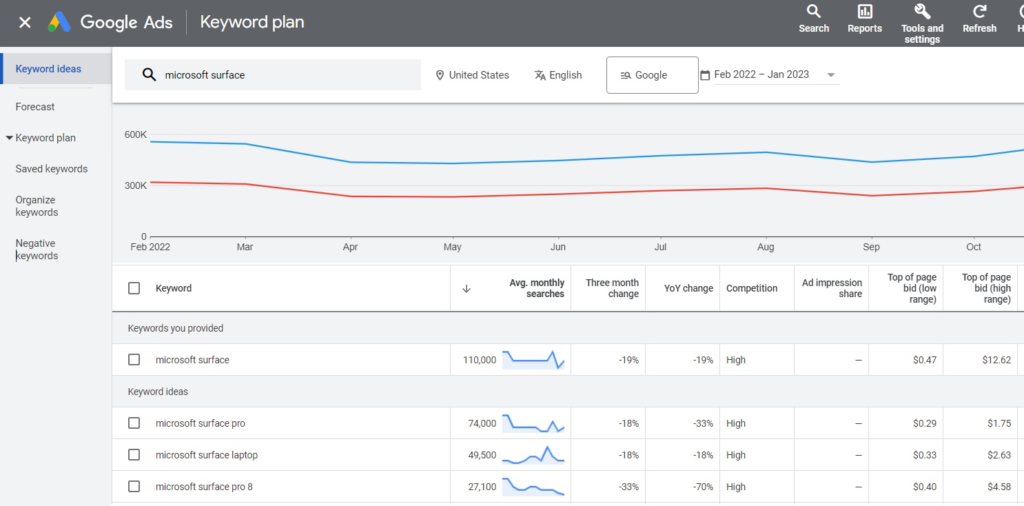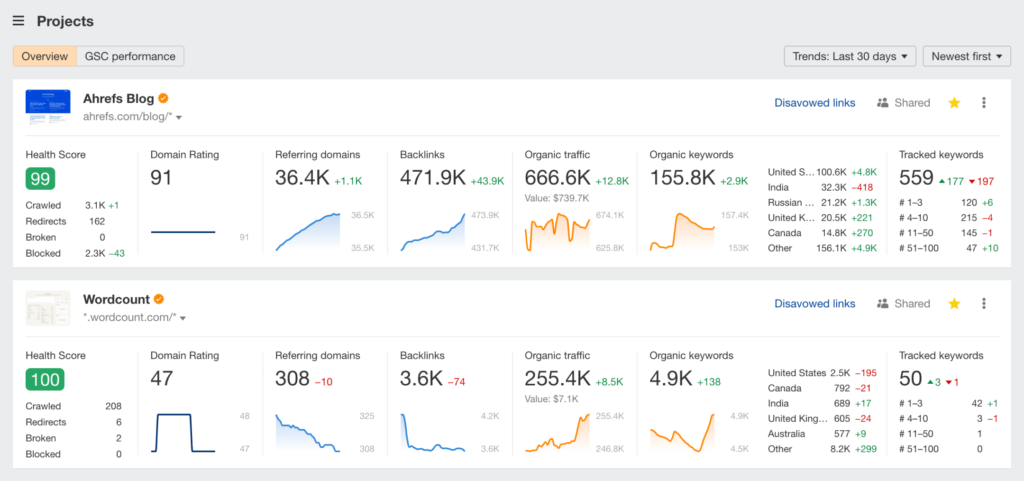Let’s start with the basics. SEO or SEO keywords (Search Engine Optimization) is what helps your website show up when people search for things on Google or other search engines. It’s like a set of rules for your website that helps it show up higher on search engines like Google. When you search for something online, the first results you see are usually websites that have great SEO.
Now, the magic behind this visibility? It’s all about SEO keywords. Keywords are the words or phrases that people type into search engines. But SEO isn’t just about throwing random keywords onto your page. It’s about finding the right keywords, the ones your audience is actually searching for. And that’s what we’ll cover in this guide.
Understanding Your Business to Find SEO Keywords
Before jumping into keyword research, it’s essential to understand your own business and audience. Who are you trying to reach? What are their needs? Answering these questions helps you pick the right keywords to target.
Identify Your Target Audience
Who do you want visiting your site? Are they young athletes? Parents shopping for their kids? Busy professionals looking for running shoes for their morning workouts? Knowing your audience helps you figure out the right keywords.
For example, if you’re targeting young athletes, they might be searching for trendy, high-performance shoes. If you’re targeting parents, they could be looking for durable, comfortable shoes for their kids that will last through sports seasons. Once you know who you’re trying to reach, you can tailor your keywords to match what they’re searching for.
Understand the Problems and Needs of Your Audience
Think about the questions your audience might have. For example, if you’re selling sports shoes, potential customers might be looking for shoes that are comfortable, stylish, or long-lasting. Maybe they want running shoes that are good for trail running or shoes that help prevent foot pain.
Consider the problems your products or services solve for your customers. People use search engines because they have questions or are looking for solutions to their problems. If your business can provide answers or solutions, you’ll want to make sure those keywords match what people are searching for.
Describe Your Business and Blog Content
Once you have a clear idea of your audience and their needs, it’s time to describe your business in a few simple words. Imagine you’re running a blog for your sports shoe store. What kinds of content would you write about? Maybe you write posts like “How to Choose the Best Running Shoes for Flat Feet” or “Top 5 Waterproof Running Shoes for Rainy Weather.” This helps you decide on the keywords you’ll use.
Make sure your blog posts are helpful and relevant to your audience. When your content answers their questions, they’re more likely to engage with it and this can improve your rankings on search engines, too.
SEO Keyword Research Basics
Types of Keywords: Short-tail, Long-tail, and Medium-tail
Let’s break this down a bit further. There are three types of keywords you need to know about:
1. Short-tail keywords: These are short, general terms like “running shoes” or “basketball shoes.” They usually get a lot of searches but are very competitive, meaning it’s harder for your website to rank high for these terms.
2. Long-tail keywords: These are longer, more specific phrases like “best waterproof trail shoes for women” or “affordable trail running shoes.” They don’t get as many searches, but they are less competitive and attract people who know exactly what they’re looking for.
3. Medium-tail keywords: These are somewhere in the middle. They’re not too specific but not too general either. For example, “men’s basketball shoes” would be a medium-tail keyword.
Each type of keyword has its purpose. While short-tail keywords can attract a large audience, long-tail and medium-tail keywords help you reach a more specific audience. When you’re just starting with SEO, focusing on long-tail and medium-tail keywords is usually a better strategy because there’s less competition, so it’s easier to rank higher.
Simplified SEO Keyword Research Prompt
Now that we’ve covered the basics, let’s talk about how to do keyword research for your business. Here’s a simple step-by-step approach.
Step 1: Think About Your Audience’s Needs: The first step is to think about your audience. What are they searching for? What problems are they trying to solve?
Step 2: Use Keyword Research Tools: There are several tools you can use to find out what keywords people are searching for. Some popular tools include Google Keyword Planner, Ahrefs, and SEMrush.


Start by entering general terms related to your business (like “running shoes”) and see what suggestions the tool provides. You’ll also get data like search volume (how many people are searching for that term) and keyword difficulty (how hard it is to rank for that term).
Step 3: Look for Both Long-tail and Medium-tail Keywords: For example, if you sell running shoes, your long-tail keywords might include “best waterproof running shoes for women” or “lightweight trail running shoes,” while your medium-tail keywords might be “women’s running shoes” or “best trail shoes.”
Step 4: Organize Your Keywords into Groups: Once you’ve gathered a list of keywords, organize them into groups. For example, you could have a group for “waterproof running shoes” and another for “lightweight trail shoes.”
But don’t worry, I’ve prepared one powerful prompt for you to try in o1-preview model within USnap (cause I think o1-preview is better for this reasoning task). Let’s give it a try:
Your Role: You are an experienced SEO expert known for helping big companies get more Google traffic through keyword research.
Main Task: Do thorough keyword research for my business. We will use these keywords to write blog posts and improve my blog, aiming to bring more visitors to my website. I need you to find 40 keywords that will perform well.
How to Do It:
Focus on who my business is for, what issues they have, what they're searching for, and any questions or doubts they might have.
Choose both long tail keywords (longer, specific phrases) and medium tail keywords (shorter, a bit more general).
Organize these keywords into groups, with each group having at least 7 keywords. Within each group, have a mix of long tail and medium tail keywords.
Pick keywords that aren't too competitive but still relevant to my audience.
Details About My Business:
Who I'm targeting: [insert your details]
About my business: [insert your details]
About my blog: I write detailed guides and thorough articles once a week, usually between 1500-2000 words.
How to Present Your Findings: Put the keywords into tables, each table representing a different group of keywords. For each table:
Name the group of keywords at the top.
Make 4 columns in the table:
Type of keyword (long tail or medium tail)
The keyword itself
A possible title for a blog post using this keyword
At least 10 LSI keywords (related terms) for each main keyword
Note: Make sure there are at least 7 different groups of keywords, with each group in its own table.







Conclusion
In short, SEO is the way you make your website easy to find on search engines. The key to doing this well is using the right keywords – the exact words and phrases people are searching for. By understanding your audience and their needs, you can choose the best long-tail and medium-tail keywords to help your website get noticed.
Using these keywords in your blog posts, product descriptions, and website content is like laying breadcrumbs for search engines to follow. And remember, it’s not just about picking any keyword—it’s about finding the ones that will really connect with your audience.
If you get your keywords right, you’ll not only bring more visitors to your website but also bring in the right visitors—those who are ready to engage with your business or buy your products. So, start your keyword research today and watch your website traffic grow!
And if you want to dive deeper into other topics like how AI can boost your business or automate your SEO, check out our other guides.
